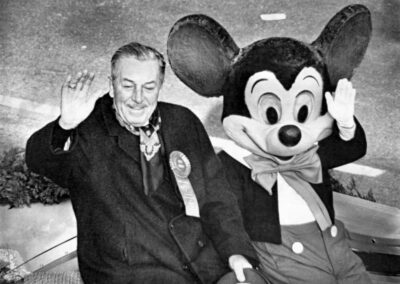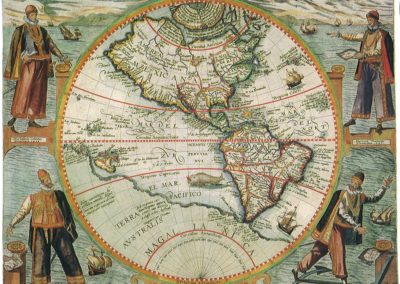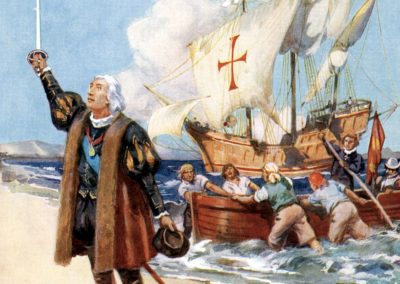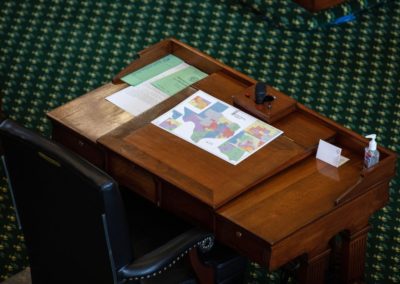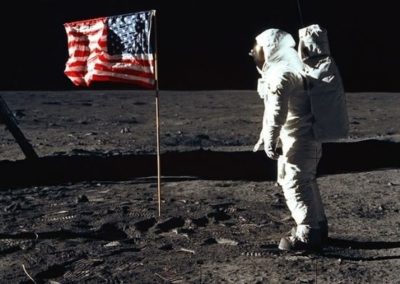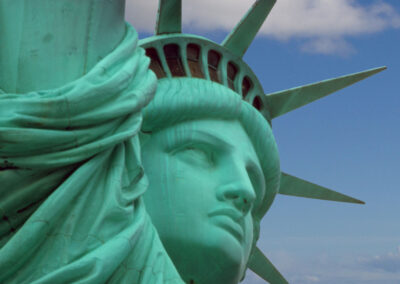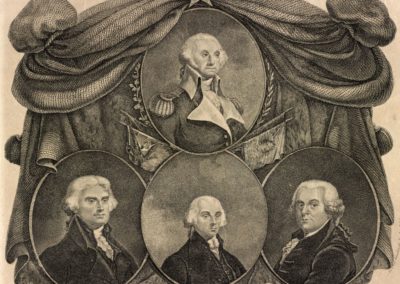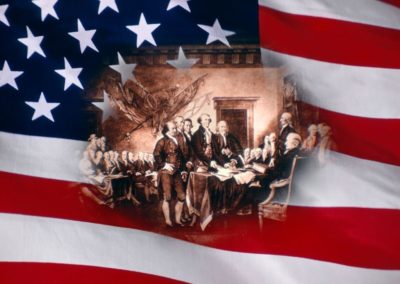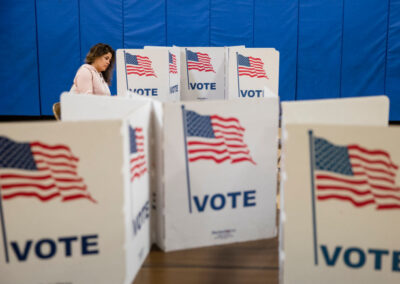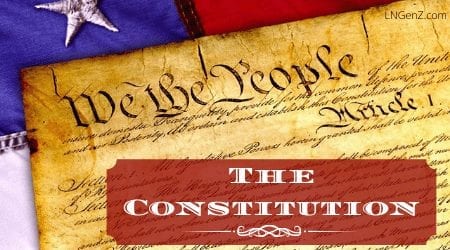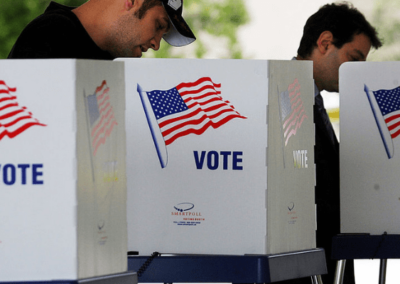A Short History of the US Military – The Cold War
Fighting was rare, but the tensions remained high for four decades.
By: Dave Patterson | April 14, 2025 | 660 Words
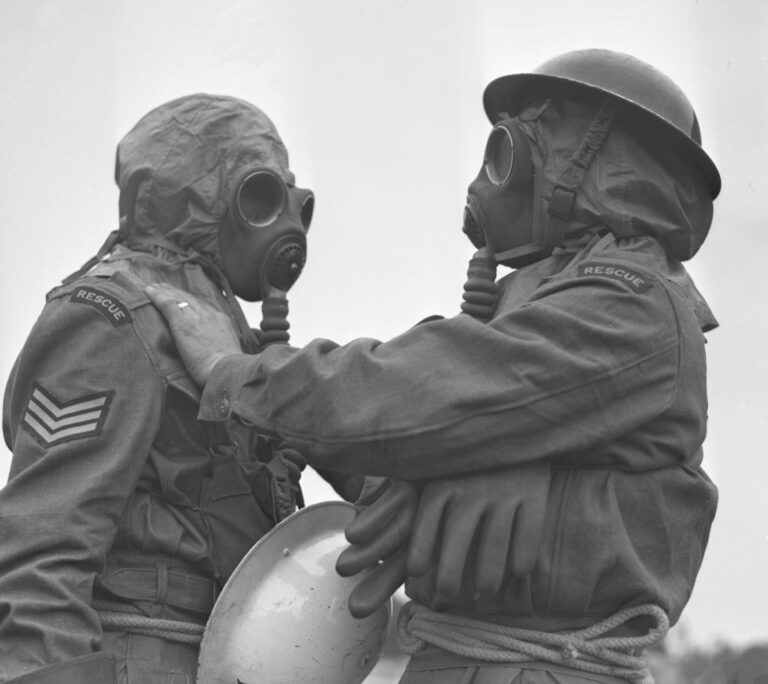
(Photo by Bettmann Archive/Getty Images)
In today’s accounts of the tensions between the US and China, we often hear the following description: “It’s a new Cold War.” Ok, so what was the “old Cold War”? The end of World War II set the stage for what would become global tensions energized by the competition between the US and the Soviet Union for influence around the world.
George Orwell Coined the Term Cold War
The Vintage News describes the origin of the term Cold War, pointing out that the British author George Orwell used the term in an essay in 1945. The Cold War, The Vintage News observed, was a “period of political tensions between the United States and the Soviet Union which lasted several decades. The term is fitting because there was no major direct military conflict between the two nations, but the threat of a nuclear war was constant.”
Though Orwell came up with the term in 1945, the official beginning of what we call the Cold War was in 1949 when the Soviet Union developed an atomic bomb to match the US in nuclear capability. In fact, it was the nuclear standoff that defined the Cold War. From that stalemate came a fierce and relentless nearly half-century competition for allies and partners by the US and the Soviet Union.
 The divide that developed between the US and the Soviet Union, or as it was officially named, the Union of Soviet Socialist Republics (USSR), separated the Western nations and the US from the USSR-aligned countries, the Soviet Bloc, also referred to as the Warsaw Pact countries. On March 5, 1956, Britain’s former prime minister, Winston Churchill, created a new term during a speech at Westminster College in Fulton, Missouri. “From Stettin in the Baltic to Trieste in the Adriatic, an iron curtain has descended across the Continent,” Churchill told his audience. “Behind that line lie all the capitals of the ancient states of Central and Eastern Europe. Warsaw, Berlin, Prague, Vienna, Budapest, Belgrade, Bucharest, and Sofia, all these famous cities and the populations around them lie in what I must call the Soviet sphere…” Indeed, an Iron Curtain had fallen between freedom in the West and oppression in the East.
The divide that developed between the US and the Soviet Union, or as it was officially named, the Union of Soviet Socialist Republics (USSR), separated the Western nations and the US from the USSR-aligned countries, the Soviet Bloc, also referred to as the Warsaw Pact countries. On March 5, 1956, Britain’s former prime minister, Winston Churchill, created a new term during a speech at Westminster College in Fulton, Missouri. “From Stettin in the Baltic to Trieste in the Adriatic, an iron curtain has descended across the Continent,” Churchill told his audience. “Behind that line lie all the capitals of the ancient states of Central and Eastern Europe. Warsaw, Berlin, Prague, Vienna, Budapest, Belgrade, Bucharest, and Sofia, all these famous cities and the populations around them lie in what I must call the Soviet sphere…” Indeed, an Iron Curtain had fallen between freedom in the West and oppression in the East.
Competition Was Intense
Between 1949 and 1991, the world saw America and the USSR each attempting to influence and persuade non-aligned nations to its worldview. Historic competitions, such as the space race, initially resulted in the Soviets out front with the launch of the first orbiting satellite, Sputnik I, in 1957. However, the US beat the USSR soundly by landing men on the moon in 1969. One of the most memorable competitions that pitted the two decided different views of government and societies was the outcome of the 1980 Winter Olympics hockey game between the USSR and the US. The hardened Soviets, most of whom had been playing for 15 years as a team, had won the gold medal in five of the previous six Olympic Winter Games. They were beaten four to three by a US team of amateurs, having played together for only seven months. Many viewed the win as a repudiation of the Soviet oppressive regime. The win also foreshadowed the triumph of democracy and freedom over tyranny and oppression that would happen 11 years later.
It was on New Year’s Eve 1991, 45 years after Churchill’s speech, that the fall and dissolution of the Soviet Union came to pass. The Iron Curtain lifted, and the Cold War was officially over, or so people thought. A recent report in Forbes suggests the US is looking at “Cold War 2.0” as Russia, China, and the US compete for resources in the Arctic.

- The Cold War stretched from 1949 to 1991, but didn’t involve much in the way of actual fighting.
- Though actual fighting rarely broke out during the Cold War, the threat of nuclear war was constant.
- More recently, the competition and conflict between the United States, Russia, and China for resources in the Arctic has been called the Cold War 2.0.


